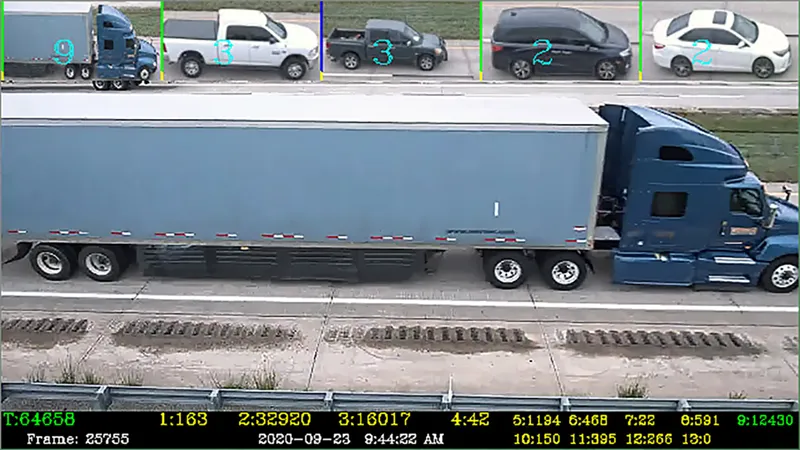The new headlamp RFID tag from Hong Kong based RFID provider Star Systems International has been designed for those situations where a tag cannot be used due to a windshield’s metallic content or aesthetic reasons.
The Star Aries headlamp tag is tuned to work while affixed on a vehicle’s headlamp. It delivers superior read and write performance along with high levels of security and tamper resistance and is suitable for automatic vehicle identification (AVI) applications such as E-tolling, electronic veh
August 22, 2013
Read time: 2 mins
The new headlamp RFID tag from Hong Kong based RFID provider 7422 Star Systems International has been designed for those situations where a tag cannot be used due to a windshield’s metallic content or aesthetic reasons.
The Star Aries headlamp tag is tuned to work while affixed on a vehicle’s headlamp. It delivers superior read and write performance along with high levels of security and tamper resistance and is suitable for automatic vehicle identification (AVI) applications such as E-tolling, electronic vehicle registration, parking, secure access and fleet management.
Simple to install, small in size and clear in colour, the tag is barely noticeable when applied to the vehicle headlamp and is constructed to withstand years of extreme weather and harsh driving environments, while providing reliable read performance.
According to Chris Cheung, senior applications manager of STAR Systems International, a tolling operator must deal with a variety of different vehicles and their configurations when collecting revenue. “Sometimes a tag cannot be placed on a windshield, or in the case of motorcycles and motor scooters, there might not even be a windshield at all. In those cases, the Aries Headlamp Tag is the perfect solution, and it can be read consistently on vehicles driving at high speeds and in harsh environments,” he says.
The Star Aries headlamp tag is tuned to work while affixed on a vehicle’s headlamp. It delivers superior read and write performance along with high levels of security and tamper resistance and is suitable for automatic vehicle identification (AVI) applications such as E-tolling, electronic vehicle registration, parking, secure access and fleet management.
Simple to install, small in size and clear in colour, the tag is barely noticeable when applied to the vehicle headlamp and is constructed to withstand years of extreme weather and harsh driving environments, while providing reliable read performance.
According to Chris Cheung, senior applications manager of STAR Systems International, a tolling operator must deal with a variety of different vehicles and their configurations when collecting revenue. “Sometimes a tag cannot be placed on a windshield, or in the case of motorcycles and motor scooters, there might not even be a windshield at all. In those cases, the Aries Headlamp Tag is the perfect solution, and it can be read consistently on vehicles driving at high speeds and in harsh environments,” he says.









